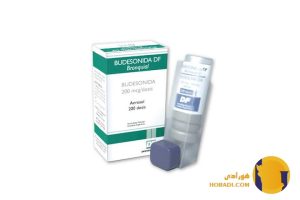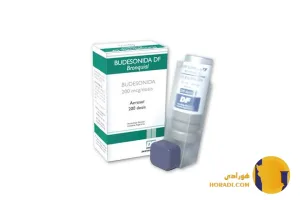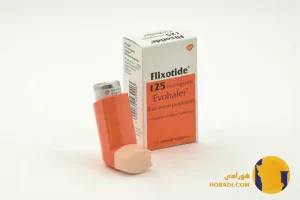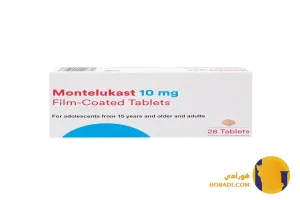
Health Tech Innovations That Can Save Lives
The world of healthcare is constantly evolving, and health tech innovations have become a driving force behind groundbreaking advancements that save lives, improve patient outcomes, and reshape the way medicine is delivered.Health Tech Innovations That Can Save Lives
From wearable devices that track vital signs in real time to artificial intelligence that helps doctors make quicker and more accurate diagnoses, the healthcare sector is entering a new era where technology and medicine are deeply interconnected. These innovations are not only transforming hospitals and clinics but also empowering patients to take more control over their health.
The Rise of Wearable Health Devices
Wearable devices, such as smartwatches and fitness trackers, have moved beyond counting steps. Today, they are capable of detecting irregular heartbeats, measuring blood oxygen levels, and monitoring sleep patterns. These tools provide users and physicians with continuous data, allowing for early detection of potential health issues. For example, a smartwatch alerting a user to atrial fibrillation can prompt immediate medical attention, potentially preventing strokes and saving lives.
Artificial Intelligence in Healthcare
AI has become a game changer in healthcare. Machine learning algorithms can analyze thousands of medical images in seconds, often catching subtle signs of disease that might be missed by the human eye. In cancer care, AI-driven tools are being used to identify tumors at earlier stages, giving patients a better chance of recovery. AI is also helping with predictive analytics, enabling doctors to anticipate complications before they become life-threatening.
Telemedicine and Remote Patient Monitoring
Telemedicine has expanded dramatically, especially after the COVID-19 pandemic. Patients can now consult with doctors without leaving their homes, which is particularly life-saving in rural or underserved areas where access to healthcare is limited. Alongside telemedicine, remote patient monitoring tools track blood pressure, glucose levels, or respiratory rates and send the data directly to healthcare providers. This ensures that patients with chronic conditions are closely observed, reducing emergency hospital visits.
Robotics in Surgery and Rehabilitation
Robotic-assisted surgeries are becoming more common, offering unparalleled precision during delicate procedures. These systems allow surgeons to perform minimally invasive operations with smaller incisions, leading to faster recovery times and lower risks of complications. In rehabilitation, robotic exoskeletons are helping paralyzed patients regain mobility, offering hope to those who previously had limited options for recovery.
Genomics and Personalized Medicine
Advancements in genomic sequencing have opened the door to personalized medicine. Instead of relying on one-size-fits-all treatments, doctors can now tailor therapies to an individual’s genetic makeup. This approach has been particularly successful in treating cancer, where targeted therapies based on genetic mutations have improved survival rates and reduced side effects compared to traditional chemotherapy.
3D Printing in Medicine
3D printing has revolutionized the way medical devices and prosthetics are made. Surgeons can now use 3D-printed models to plan complex operations, increasing precision and safety. Custom prosthetic limbs and even bio-printed organs are being developed, promising a future where organ shortages may no longer be a critical issue.
Blockchain for Secure Medical Records
One of the less visible but equally important innovations is the use of blockchain technology in healthcare. By creating secure and transparent systems for storing and sharing medical records, blockchain reduces the risk of data breaches and ensures that patients’ sensitive information is protected. This is especially vital as more patient data is collected digitally through wearable devices and online platforms.
Nanotechnology in Medicine
Nanotechnology has opened new possibilities in drug delivery. Nano-sized particles can be engineered to deliver medicine directly to diseased cells, minimizing damage to healthy tissues. This precision is especially valuable in cancer treatment, where targeted drug delivery can improve effectiveness and reduce harsh side effects. Nanotech is also being explored for early disease detection through nanosensors capable of identifying biomarkers at extremely low concentrations.
Virtual Reality for Training and Therapy
Virtual reality (VR) is not only a tool for entertainment but also for healthcare training and therapy. Medical students use VR to practice surgeries in simulated environments without any risk to real patients. For patients, VR has been effective in pain management, mental health therapy, and physical rehabilitation, offering immersive experiences that help with recovery.
The Future of Health Tech Innovations
The future of health technology is incredibly promising. From AI-powered diagnostic tools to bioengineered tissues, the boundaries of what is possible in medicine continue to expand. However, challenges such as cost, accessibility, and ethical considerations remain. Ensuring that these innovations are available to all populations will be crucial for maximizing their life-saving potential.
Health tech innovations are no longer just futuristic concepts—they are already saving lives today and shaping the future of global healthcare. As these technologies continue to evolve, they promise to make healthcare more precise, accessible, and effective than ever before.









































